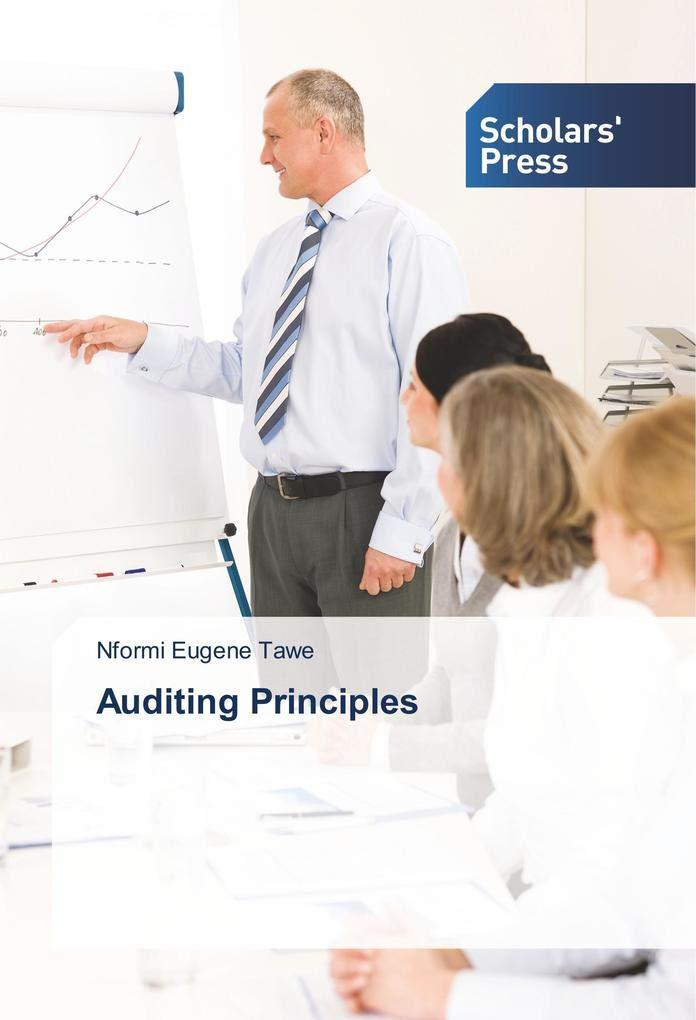4. Using the full list of ratios and formulas as outlined on the ratio analysis worksheet provided on Moodle, calculate each of the stated ratios for the company for the past three (3) financial years (i.e. the years ending June 2019, June 2020, and June 2021). Additionally, you are to prepare a DETAILED trend analysis discussion of the company over the same period. Your analysis should reference the ratios calculated and should incorporate the use of graphs/charts. You should utilise information from the notes to the financial statements, other sections of the annual report, or from other relevant sources to support your analysis. This is especially crucial where you observe significant movements in any of the trends (whether positive or negative) The discussion of the trend for each ratio should span one to two well-developed paragraphs. LIQUIDITY RATIOS RATIO Current Ratio ANSWER FORMULA Current Assets Current Liabilities Current Assets. Closing Stock) - Current Liabilities EXPRESSED GOOD WORKINGS X:1 HIGH Acid Test Ratio X:1 HIGH X 1 HIGH SOLVENCY RATIOS Total Asset to Total Liabilities Total Assets Total Liabilities Debt to Common Equity (Non-Current Liabilities + Preference Shares) - Common Equity Gearing Ratio (Non-Current Liabilities + Preference Shares) Capital Employed x 100 X:1 LOW LOW PROFITABILITY RATIOS Net Profit Margin Retum on Assets X% HIGH X% HIGH Profit after TuSales x 100 Profit before Interest and Tax Total Assets x 100 Profit before interest and Tax Capital Employed 100 Profit after Tax-Preference Dividenda) Common Equity x 100 X HIGH Retum on Capital Employed Return on Shareholders Fquity X% HIGH ASSET MANAGEMENT RATIOS Stock Tumover Cost of Sales - Average Stock Stock Tumover Period 365 x Average Stock - Cost of Sales X TIMES X DAYS HIGH LOW X TIMES HIGH Debtors Tummover Debtors Tutover Period Sales-Debtors 365 x Debtors Sales X DAYS LOW Creditors Turner Purchases Creditors HIGH Creditors Turnover Period 365 x Creditors + Purchases X TIMES X DAYS LOW INVESTMENT RATIOS Price Earnings Ratio Times Interest Earned HIGH Market Price per Share Earnings per Share Profit before Interest and Tax Interest Expense X TIMES X TIMES HIGH Note: Common Equity - Capital and Reserves - Preference Shares Capital Employed Capital and Reserves Non-Current Liabilities Average Stock - Opening Stock Closing Stock) 2 REQUIREMENTS: Due to your strong performance in the Introduction to Financial Accounting course this past semester, you and a group of your classmates have been hired by Fontana Pharmacy Ltd as part of an accounting internship programme. 4. Using the full list of ratios and formulas as outlined on the ratio analysis worksheet provided on Moodle, calculate each of the stated ratios for the company for the past three (3) financial years (i.e. the years ending June 2019, June 2020, and June 2021). Additionally, you are to prepare a DETAILED trend analysis discussion of the company over the same period. Your analysis should reference the ratios calculated and should incorporate the use of graphs/charts. You should utilise information from the notes to the financial statements, other sections of the annual report, or from other relevant sources to support your analysis. This is especially crucial where you observe significant movements in any of the trends (whether positive or negative) The discussion of the trend for each ratio should span one to two well-developed paragraphs. LIQUIDITY RATIOS RATIO Current Ratio ANSWER FORMULA Current Assets Current Liabilities Current Assets. Closing Stock) - Current Liabilities EXPRESSED GOOD WORKINGS X:1 HIGH Acid Test Ratio X:1 HIGH X 1 HIGH SOLVENCY RATIOS Total Asset to Total Liabilities Total Assets Total Liabilities Debt to Common Equity (Non-Current Liabilities + Preference Shares) - Common Equity Gearing Ratio (Non-Current Liabilities + Preference Shares) Capital Employed x 100 X:1 LOW LOW PROFITABILITY RATIOS Net Profit Margin Retum on Assets X% HIGH X% HIGH Profit after TuSales x 100 Profit before Interest and Tax Total Assets x 100 Profit before interest and Tax Capital Employed 100 Profit after Tax-Preference Dividenda) Common Equity x 100 X HIGH Retum on Capital Employed Return on Shareholders Fquity X% HIGH ASSET MANAGEMENT RATIOS Stock Tumover Cost of Sales - Average Stock Stock Tumover Period 365 x Average Stock - Cost of Sales X TIMES X DAYS HIGH LOW X TIMES HIGH Debtors Tummover Debtors Tutover Period Sales-Debtors 365 x Debtors Sales X DAYS LOW Creditors Turner Purchases Creditors HIGH Creditors Turnover Period 365 x Creditors + Purchases X TIMES X DAYS LOW INVESTMENT RATIOS Price Earnings Ratio Times Interest Earned HIGH Market Price per Share Earnings per Share Profit before Interest and Tax Interest Expense X TIMES X TIMES HIGH Note: Common Equity - Capital and Reserves - Preference Shares Capital Employed Capital and Reserves Non-Current Liabilities Average Stock - Opening Stock Closing Stock) 2 REQUIREMENTS: Due to your strong performance in the Introduction to Financial Accounting course this past semester, you and a group of your classmates have been hired by Fontana Pharmacy Ltd as part of an accounting internship programme









